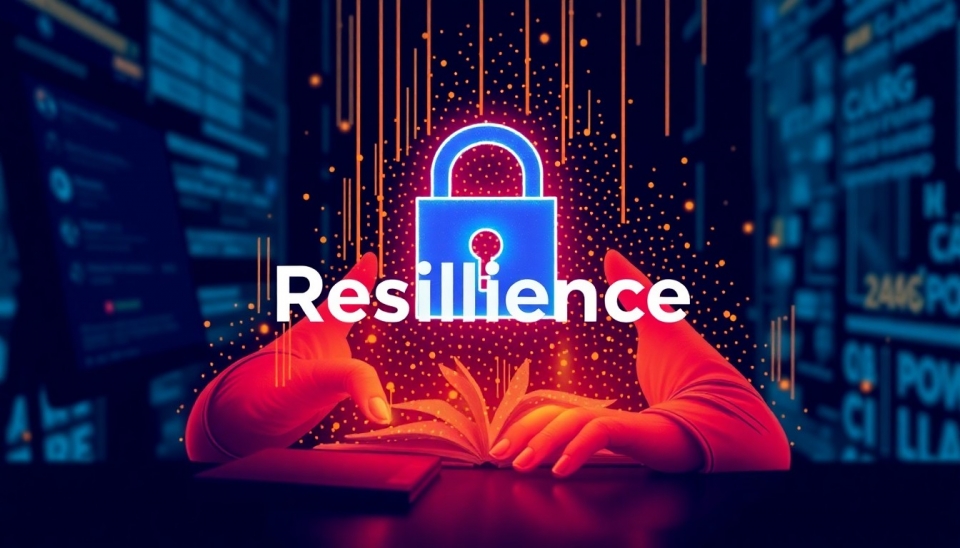
In a significant incident that underscores the rising threat of cybercrime, a major company valued at $54 billion recently became the target of a sophisticated ransomware attack. This attack has prompted both immediate actions and long-term strategic adjustments within the company, revealing the complex navigation through crisis management in the digital age.
The attack unfolded swiftly, paralyzing numerous systems and bringing operations to a halt. Employees found themselves locked out of critical files as cybercriminals demanded a hefty ransom for the decryption keys that would restore access. The company's IT department, alongside external cybersecurity experts, had to act quickly to contain the situation and prevent further damage.
In the aftermath, the company's response was notably proactive. Rather than succumbing to the demands, leadership opted for an approach aimed at resilience rather than immediate payment. This included isolating affected systems, initiating a comprehensive investigation to assess the scope of the breach, and informing stakeholders about the ongoing developments. Communications played a crucial role, fostering transparency while ensuring that employees were equipped with the information needed to navigate the situation confidently.
Security teams worked around the clock to identify the vulnerabilities that had been exploited during the attack. With a blend of technical expertise and an awareness of broader cybersecurity trends, they crafted a recovery plan that not only addressed immediate security concerns but also fortified the infrastructure against future attacks. This entailed reviewing existing cybersecurity protocols, updating software, and considering advanced detection systems that leverage artificial intelligence.
Moreover, the company took this attack as a sobering reminder of the threats posed by cybercriminals operating on a global scale. Financial impacts were substantial, but the longer-term effect lay in the lessons learned. Senior management acknowledged the critical need for investing in cybersecurity training for employees, highlighting that human error often remains the weakest link in digital security. They prioritized a culture of vigilance, encouraging employees to report suspicious activities promptly and ensuring they understood the importance of adhering to security protocols.
This ransomware incident serves as a case study in crisis management, demonstrating how companies can pivot from a state of emergency toward enhanced security practices. While the general narrative of such attacks often revolves around the immediate threat of financial loss, the deeper implications of corporate responsibility, workforce security, and technological advancement cannot be overlooked. The business environment has fundamentally changed, and organizations are now tasked with anticipating and mitigating risks more proactively than ever before.
The response and recovery from the ransomware attack highlight how technology and human factors must work in harmony. Cybersecurity is no longer just an IT issue; it requires a collective effort across an organization. The lessons learned from this incident resonate widely within the corporate sector, prompting many to reevaluate their cybersecurity frameworks and incident response strategies.
As companies brace themselves against the ever-evolving tactics of cybercriminals, this incident serves as a potent reminder that resilience builds strength. By embracing ongoing learning and adaptation, organizations can not only recover from attacks but emerge stronger and more secure in their operations.
In the world of cybersecurity, preparedness is paramount. The experience of the company highlights that, in order to thrive in today's digital landscape, understanding potential threats and developing robust response strategies is essential.
#CyberSecurity #Ransomware #CrisisManagement #BusinessResilience #TechTrends #DigitalSecurity #CorporateResponsibility #InformationTechnology
Author: Liam Carter




